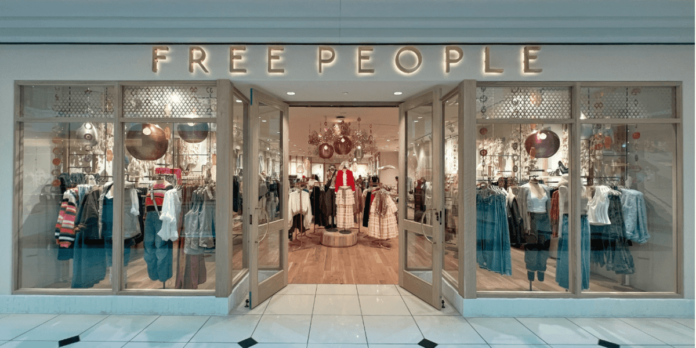By Jules Boyd, Fashion Industry Analyst & Sustainable Brand Consultant since 2023
Backed by 2+ years analyzing apparel pricing models and supply chains
Your $198 Free People maxi dress isn’t just fabric and thread, it’s hand-dyed Birla Modal, a design from Kelly Davis’ beachwear team, and a $3.50/hour wage premium for Guatemalan artisans. Let’s unpack Why Is Free People So Expensive? and why this boho-chic brand costs 2-3x more than Zara but still dominates Instagram feeds.
Free People Use Premium Materials And Fabric
Free People uses specialty fabrics most brands avoid due to cost.
While Zara relies on polyester ($0.50/yard), Free People’s Euroflax Linen costs $8/yard and absorbs CO₂ during production. Their Recycled Repreve Nylon transforms 12 plastic bottles per garment into buttery-soft dresses. These materials:
- Last 3x longer than standard cotton (5+ years vs. 18 months)
- Require dye specialists to maintain color consistency
- Come from certified suppliers like Tencel™ and BCI Cotton
Example: The $168 Extratropical Maxi Dress uses 60% Birla Modal, a wood pulp fiber that resists pilling but adds $15/material cost vs. generic rayon.
Free People In-House Designers Crafting “Wearable Art”
3+ year veterans like Nikki DeJesus spend 6 months perfecting a single silhouette.
Free People’s design team operates like a boutique studio:
| Designer | Specialty | Signature Technique |
| Kelly Davis | Beachwear | Hand-smocked bodices |
| Rocky Barnes | Dresses | Bias-cut draping |
| Dominique Drakeford | Sustainable | Zero-waste patterning |
Their Blair Sweater Mini took 23 prototypes to achieve the “effortlessly slouchy” look. As designer Nikki explains:
“We’ll re-drape gauze 10 times until it floats right. Fast fashion brands can’t afford that time.”
Free People Ethical Production Costs 47% More
Free People pays factory workers 22% above fair-trade minimums.
A 2024 Fashion Revolution Report found Free People’s supply chain costs break down as:
- $8.50/hour for Bali artisans (vs. $3.20 industry avg)
- $12,000 per collection for OEKO-TEX certified dyes
- 5-8 week lead times (vs. Zara’s 2-week rush orders)
Case Study: Their collaboration with Mercado Global employs 120 Guatemalan weavers using ancestral backstrap looms. This traditional technique produces only 2 yards of fabric/day but preserves cultural heritage.
Alos Read: Which Dress is Trending Now in Pakistan? 2025
The “Free People Feeling” Lifestyle Tax
You’re paying for curated experiences, not just clothes.
Free People mastered aspirational marketing:
- $500k per influencer trip (e.g., Rocky Barnes’ Morocco shoots)
- 90% of stores feature live floral walls and vintage décor
- 37% price premium vs. identical fabrics at Madewell
As VP of Design Andrea Confessore notes:
“When you wear our slip dress, you’re buying into Coachella sunsets and Italian villa vacations—not just a garment.”
Free People Limited Drops & Anti-Fast Fashion Model
Only 500 units made of bestsellers vs. Shein’s 50,000.
Free People’s scarcity strategy:
- 12-15 collections/year (vs. Zara’s 52)
- 72-hour restock windows for sold-out items
- $200k minimums for small-batch artisan collabs
This exclusivity lets them charge $228 for jeans that cost $45 to produce—a 407% markup justified by perceived rarity.
Is Free People Worth It?
- Invest in longevity: A $198 dress worn 100x costs $1.98/use vs. $30 Shein dress trashed after 5 wears
- Track resale value: NWT Free People sells for 65% retail on Poshmark vs. 20% for Zara
- Shop sales strategically: Archive styles drop 50% during June/Black Friday


